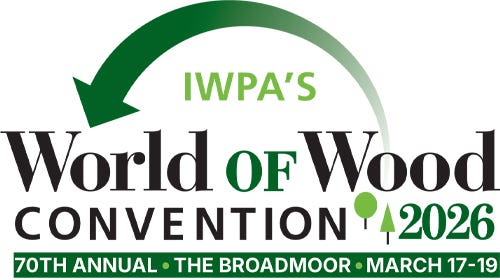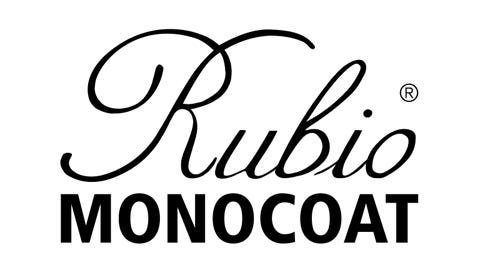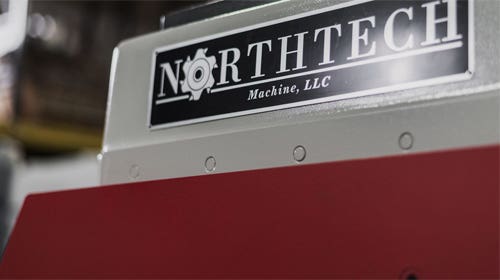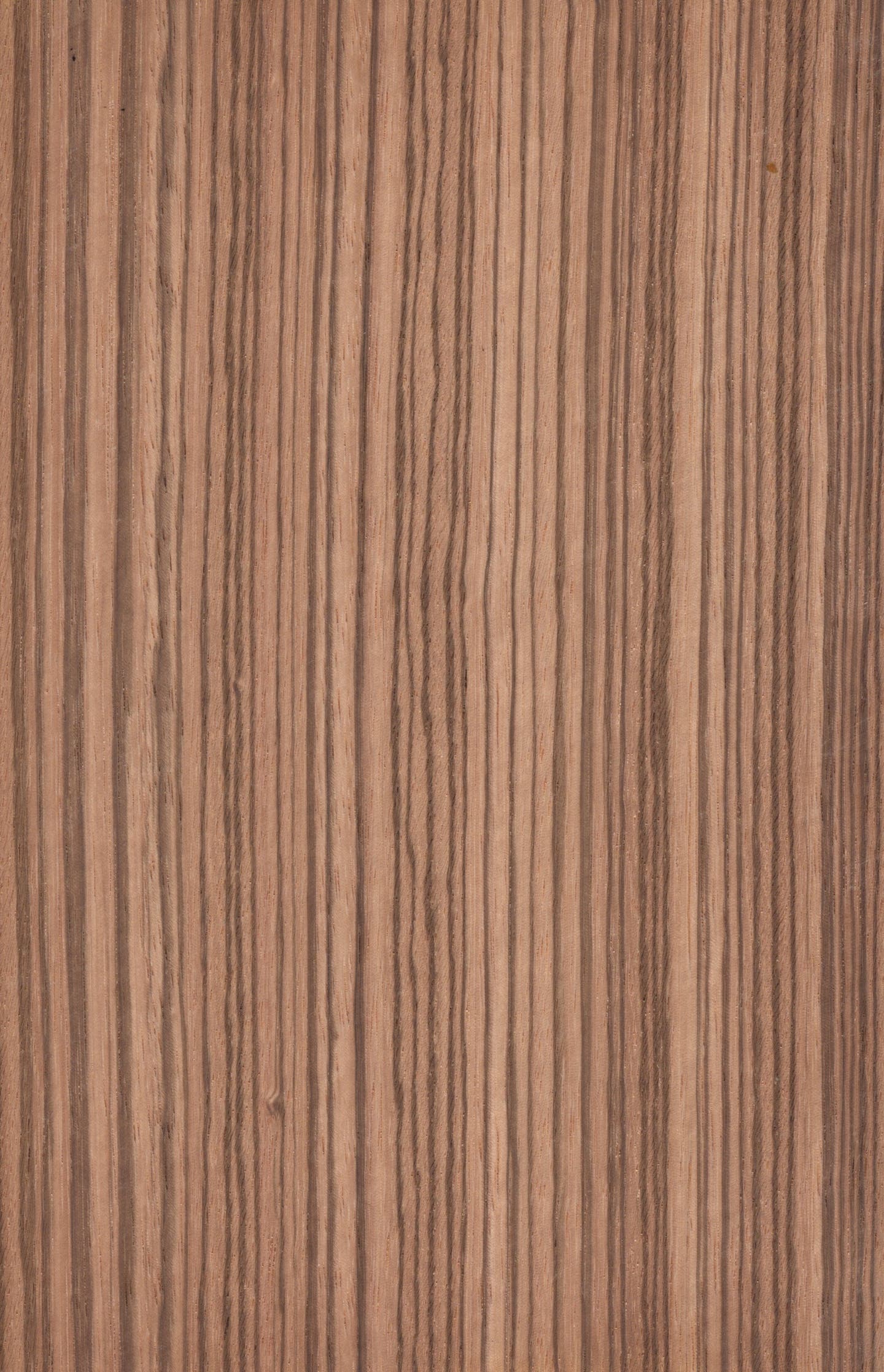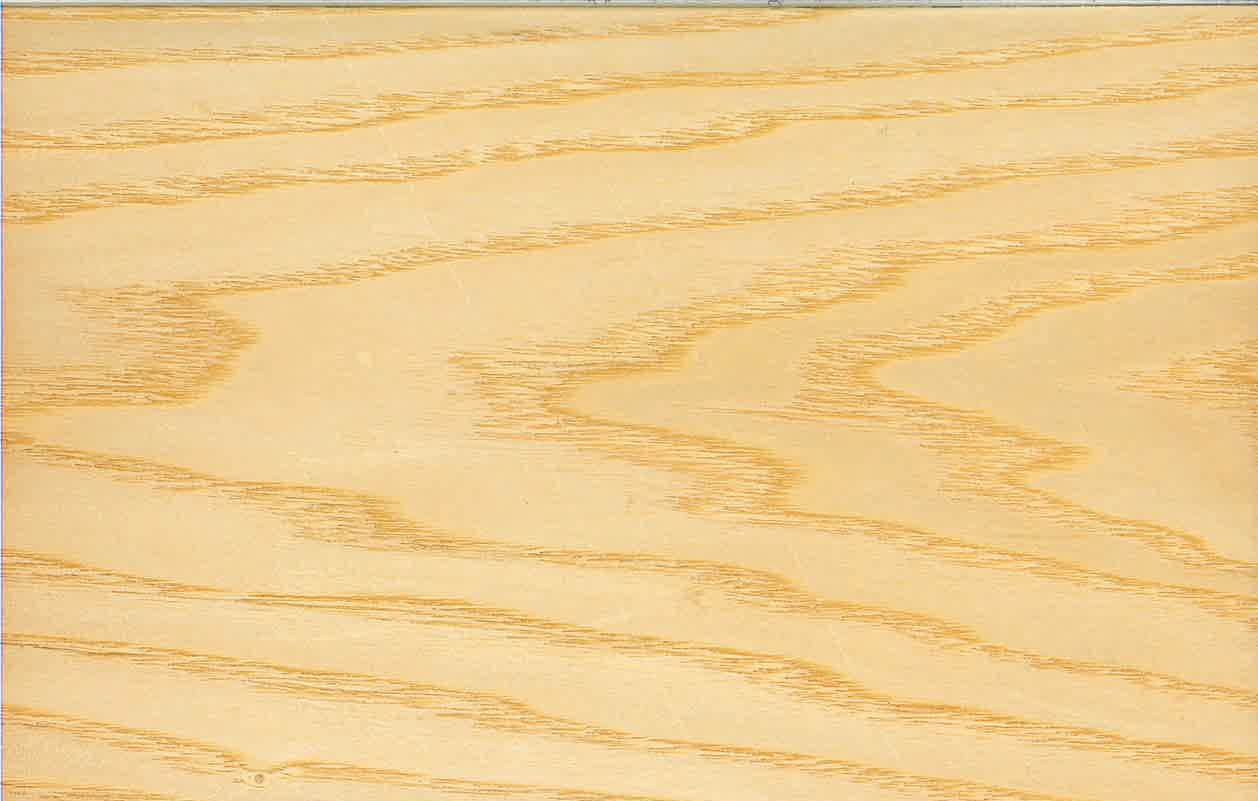English brown oak is a pricey alternative
Spessart Forest in Germany is a rich source for the straight-grained wood used for fine furniture, millwork and flooring {loadposition position10} While red oak and white oak are huge sellers…
Spessart Forest in Germany is a rich source for the straight-grained wood used for fine furniture, millwork and flooring
{loadposition position10}
While red oak and white oak are huge sellers in this country, there is another oak available from a number of exotic wood dealers. English brown oak is also known as French oak and European oak and the name is a bit of a misnomer because the finest brown oak (Quercus robur and Quercus petraea) actually comes from the Spessart Forest in Germany and several areas in Eastern Europe.
"It is confusing because French oak is just a generic term," says Sam Talarico, owner of Talarico Hardwoods in Mohnton, Pa. "There is not much difference in the appearance in the tree between a petraea and robur. And the color of the wood mostly depends on where it grows and the mineral content - that is what determines whether it is dark or off-color with mineral streaks. I have been asked many times before, "Is the European oak veneer I have going to look good together with your American oak?" I say good tight-grained white oak that grows evenly all its life, wherever it is grown in the world, as long as it is in good soil without minerals, will look similar, texture-wise and color-wise."
The straight-grained wood is used for fine furniture, architectural millwork and flooring. It is also favored for wine barrels because the properties in the oak enhance the wine.
Old-growth brown oak trees reach heights up to 100' with diameters as large as 6'. The heartwood is brown and the sapwood is off-white. The trees are susceptible to a fungus (Fistulina hepatica), which causes the heartwood to turn a deep, rich brown. Once the tree is milled and dried, the fungus dies.
"It is almost the color of butternut; a beautiful golden-brown color with a very fine texture," says Rick Hearne, owner of Hearne Hardwoods in Oxford, Pa. "It varies in the density of growth rings depending on the region that it is cut in. Most French oak has a moderate number of growth rings, like eight to the inch. The German Spessart oak can have up to 30 to 40 growth rings to the inch."
"The very best of the Spessart is so tight that they don't even rift-saw it because you can't even see the vertical grain - it's just not there," Talarico says. "The lengths are unbelievable. I've had logs in here 40' long; you could have quartered them they were so straight. I buy them up to 10' long because what are you going to do with a 40' board? But the diameters are not huge because they grow so slow; it takes 30 years, 40 years to get an inch."
The only difficulty with English brown oak involves the drying process. It takes awhile and attention must be paid to potential shrinkage and warping. The wood takes a fine finish.
"The working properties are excellent," says Hearne. "It is supposed to have the finest texture of any white oak. People who use hand tools love it. When you put a finish on it, it just really sparkles. It's a beautiful textured hardwood."
Talarico, who has imported a great deal of brown oak from Germany, remains partial to American white oak (Quercus alba).
"If you are interested in quartered flake figure, good alba blows Spessart away. I also personally like the color of a good old-growth alba better, too. Very tight-grained alba is a little warmer in color and is a joy to work when using hand tools. You can hold sharper detail with alba. The tightest-growth Spessart can be a bit soft and can crush easily. I've cut really great alba logs over the years and I prefer it over Spessart, but those logs are very hard to find anymore."
"At the European furniture trade shows last year, at least 50 percent of the furniture being featured was European oak," says Hearne. "The year before it had been American walnut. European oak is a red-hot wood right now; very fashionable."
The retail price of European brown oak ranges from $10 to $32/bf, depending on the country of origin and age of the tree.
This article originally appeared in the March 2010 issue.


